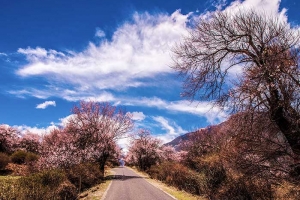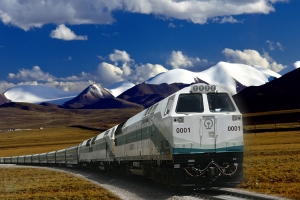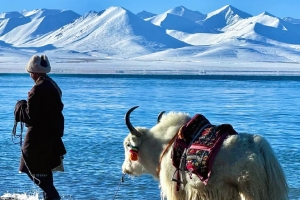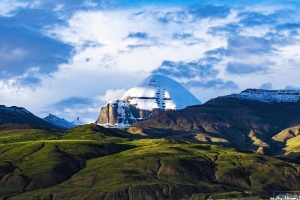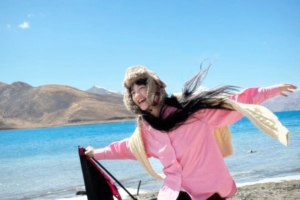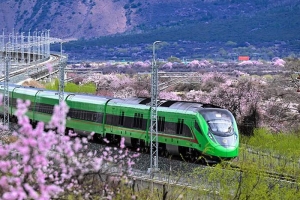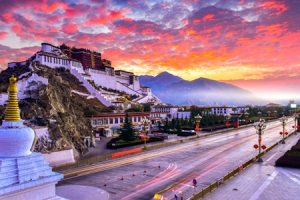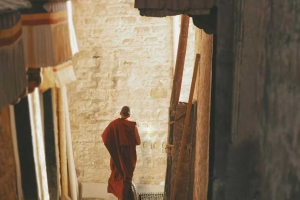Tibetan Plateau Map – Where is the Tibetan Plateau Located / Tibetan Plateau Height / Tibetan Plateau Cities
The Tibetan Plateau, known for its breathtaking landscapes, towering mountains, expansive grasslands, and rich cultural heritage, this high-altitude region captivates explorers, researchers, and travelers alike. If you’ve ever wondered, “Tibetan Plateau Map – where is the Tibetan Plateau located?”, “What is the Tibetan Plateau height?”, “Which are the Tibetan Plateau cities?”, or “Tibetan Plateau is in which country?”Read on for an immersive journey into one of the world’s most mystifying landscapes.
Where Is the Tibetan Plateau Located?
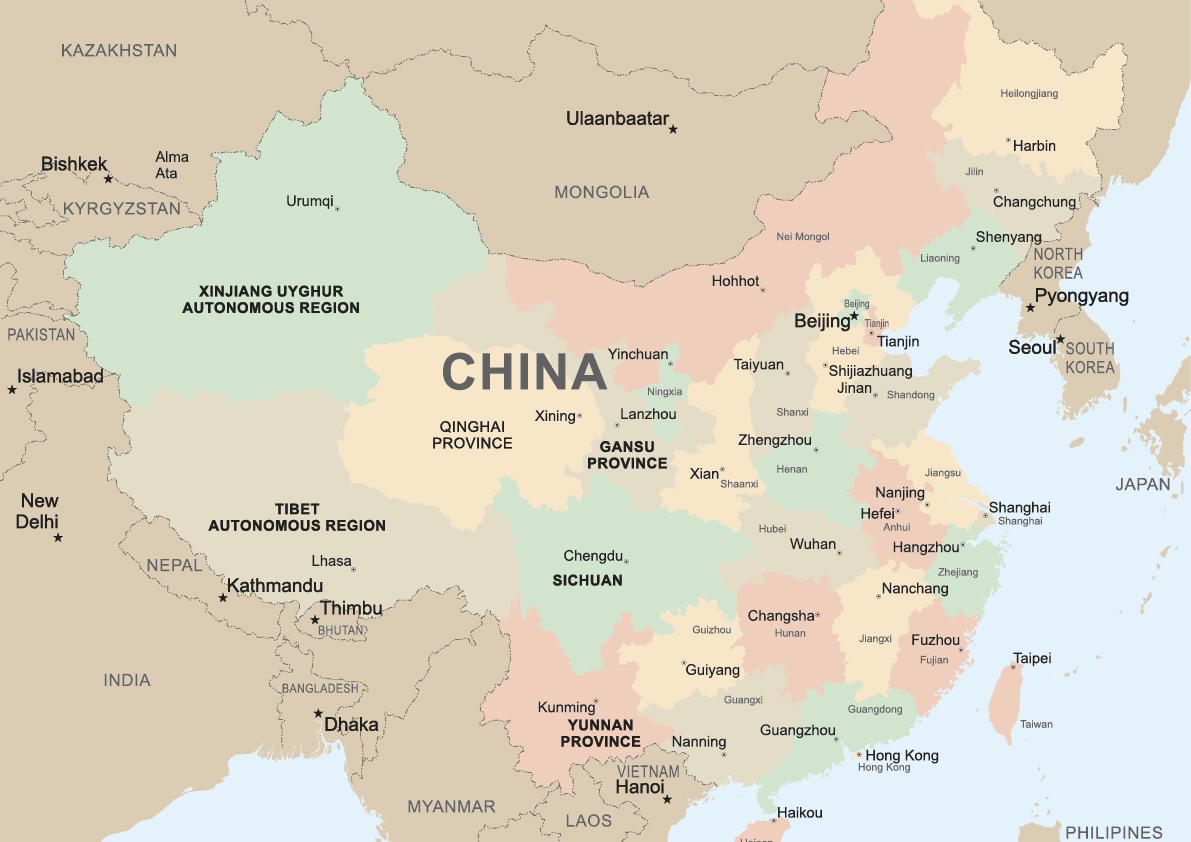
Spanning an area of over 1.2 million square kilometers, the Tibetan Plateau is situated in the southwest frontier of the People’s Republic of China. With its average elevation exceeding 4,000 meters above sea level, it is the highest and most expansive plateau on Earth. This unique geographical feature has earned it names such as “the World Ridge” and “the Third Pole of the Globe.” Its extraordinary altitude and remoteness have shaped not only the physical geography but also the climate, ecology, and cultural evolution of the region.
Geographic Boundaries and Neighboring Regions
- Northern Borders: The plateau shares its northern border with Xinjiang and Qinghai. These regions are separated by formidable mountain ranges like the Kunlun and Tanggula Mountains, which help define the northern limits of the Tibetan Plateau.
- Eastern Limits: To the east, the plateau faces Sichuan Province, demarcated by the mighty Jinsha River. This natural boundary has historically acted as both a barrier and a bridge between cultures.
- Southern and Southeastern Edges: The plateau is contiguous with Yunnan Province to the southeast. Moreover, it borders several South Asian countries, including India, Nepal, Bhutan, and Myanmar. These international boundaries underscore the region’s strategic importance and its cultural intersections.
- Western Boundary: Although not always sharply defined, the plateau’s western fringe also touches parts of the greater Himalayan region, reinforcing its position as a natural buffer and a meeting point between different civilizations.
Tibetan Plateau Height
One of the most compelling aspects of the Tibetan Plateau is its staggering elevation. With an average altitude above 4,000 meters (approximately 13,123 feet), this plateau is not only the highest on Earth but also one of the most challenging environments for both human habitation and biodiversity.
High Altitude and Its Impact
- Climate and Weather: The high elevation results in a harsh climate characterized by extreme cold, low oxygen levels, and high UV radiation. These conditions have forced the local flora and fauna to adapt in unique ways, leading to a remarkable variety of endemic species.
- Glacial Influence: The plateau is a key source of many of Asia’s major rivers. Glaciers and snowfields from these high lands feed rivers such as the Yangtze, Yellow, Mekong, and Salween. The constant meltwater plays a vital role in sustaining ecosystems far beyond the plateau’s borders.
- Human Adaptation: Tibetan populations have lived in these challenging conditions for centuries. Their unique genetic adaptations to high-altitude living—such as enhanced oxygen utilization—allow them to thrive where most others would struggle.
The Tibetan Plateau height not only contributes to its natural beauty but also makes it a subject of extensive scientific research, particularly in the fields of climatology, geology, and human physiology.
Tibetan Plateau Map
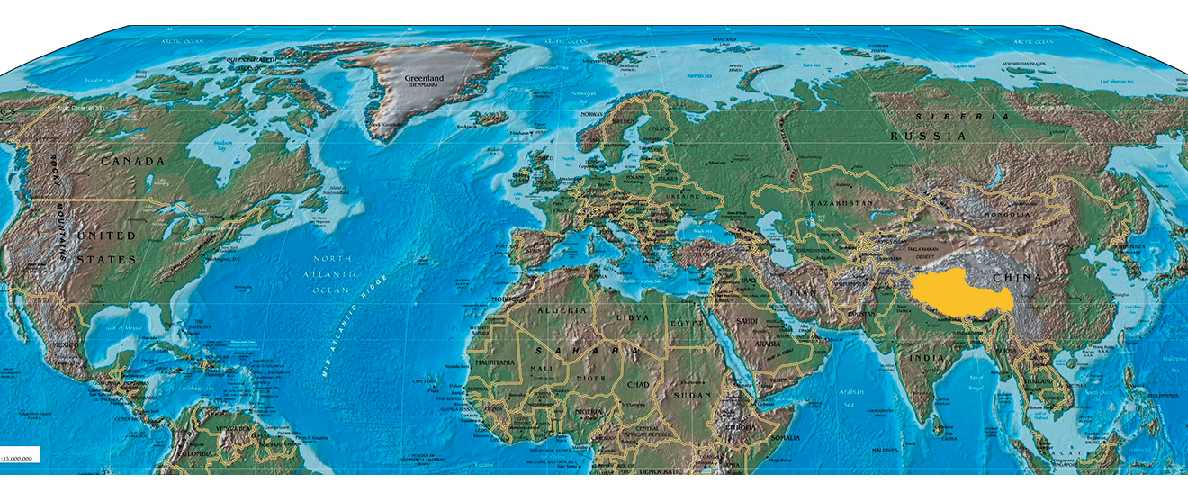
A detailed Tibetan Plateau Map provides insights into its topography and the way its diverse landscapes interconnect. Maps of the plateau reveal a mosaic of high mountains, vast grasslands, deep valleys, and expansive deserts, each with its own distinct character.
Key Features on the Map
- Mountain Ranges: The plateau is home to several notable mountain ranges. The Himalayas, with peaks such as Mount Everest (8,848 meters or 29,029 feet), form its southern border, while other ranges extend across its expanse.
- River Systems: Major rivers originating in the plateau can be traced across several countries. These include the upper reaches of the Yangtze and Yellow rivers, both of which have immense cultural and economic significance.
- Valleys and Basins: The map also highlights valleys that serve as oases for agriculture and habitation. These fertile areas contrast sharply with the surrounding barren highlands.
- Urban Centers: Strategic cities and towns are scattered along the more hospitable edges of the plateau, providing a glimpse into the region’s modern cultural landscape.
For many, a Tibetan Plateau Map is not only a navigational tool but also an invitation to explore the natural wonders and historical treasures of the region.
Tibetan Plateau Cities
Despite the challenging environmental conditions, several bustling urban centers have emerged on the Tibetan Plateau. These cities are cultural and economic hubs that blend ancient traditions with modern influences.
Lhasa: The Heartbeat of Tibetan Culture
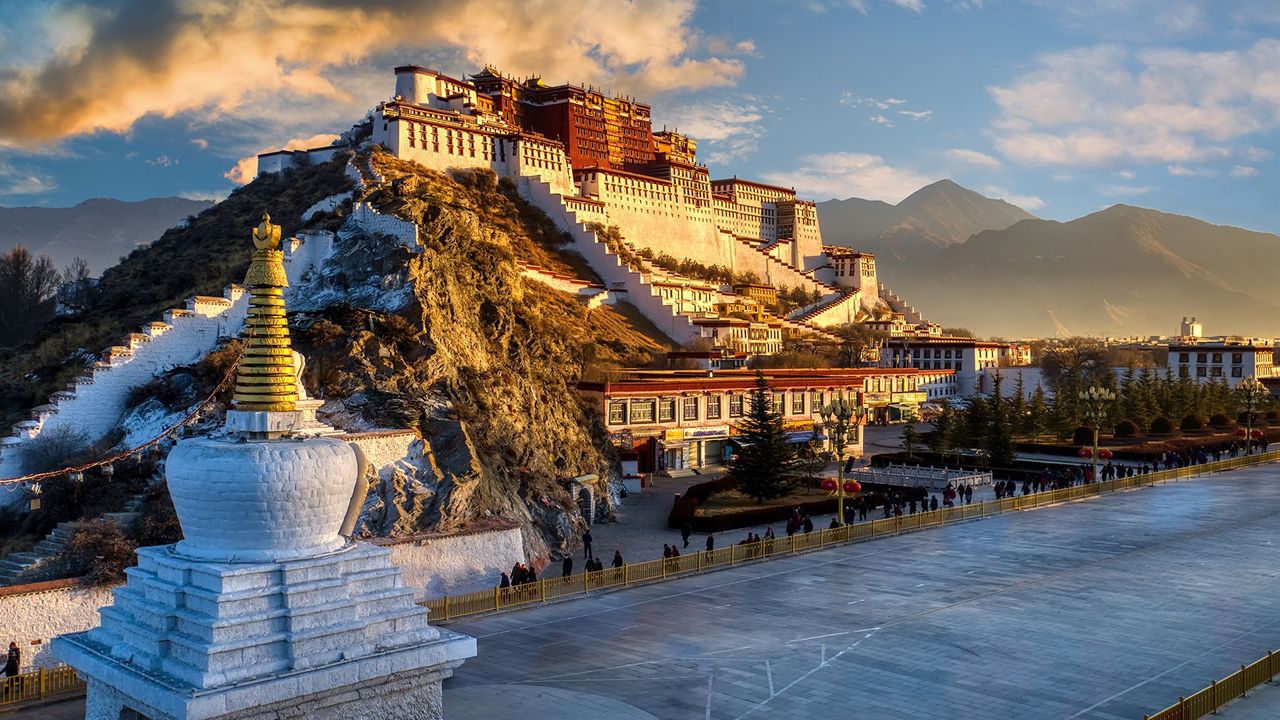
- Lhasa – The Capital: Lhasa is undoubtedly the most famous city on the plateau. Known as the “City of Gods,” Lhasa is a spiritual and administrative center. It is home to world-renowned landmarks such as the Potala Palace, once the residence of the Dalai Lama, and the Jokhang Temple, a revered site of pilgrimage.
- Cultural Significance: The city’s winding streets, bustling markets, and ancient monasteries offer a unique glimpse into Tibetan culture. Traditional festivals, religious ceremonies, and artisanal crafts continue to thrive, making Lhasa a dynamic city where the past and present coexist harmoniously.
Shigatse: Gateway to the Western Plateau
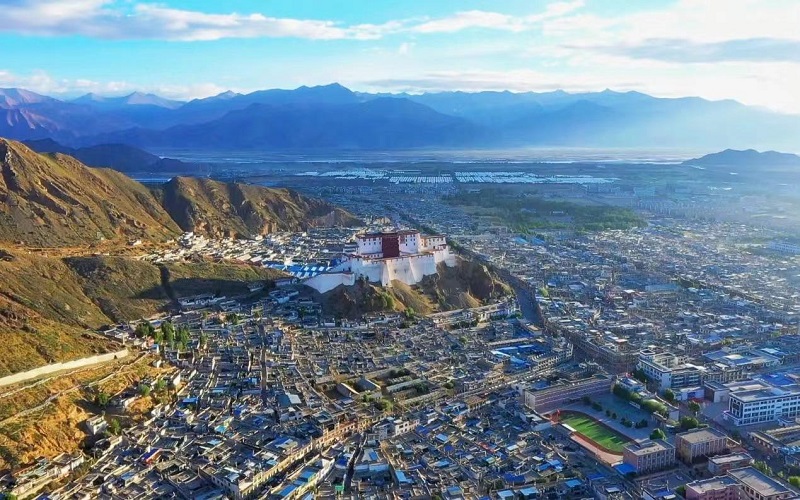
- Second Largest City: Shigatse is the second largest urban area in the region and serves as an important cultural and logistical hub. It is known for its proximity to significant religious sites and natural landmarks.
- Religious Heritage: Among Shigatse’s many attractions is the Tashilhunpo Monastery, an important seat of Tibetan Buddhism that draws pilgrims and tourists alike.
Other Notable Urban Centers
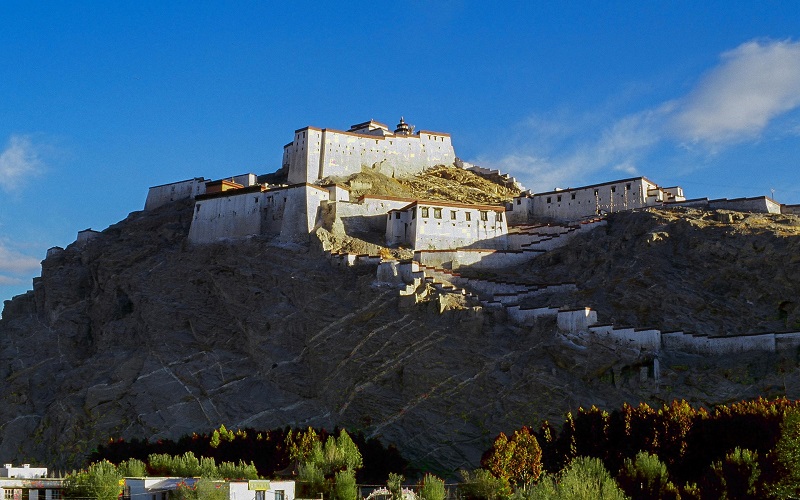
- Gyantse and Tsedang: These towns, though smaller in size, hold great historical and cultural importance. They offer visitors a more intimate look at traditional Tibetan life, from bustling markets to age-old customs that have been passed down through generations.
- Population and Growth: While the total population of the Tibetan Autonomous Region stands at around 1.89 million, urban areas like Lhasa and Shigatse are experiencing gradual growth. The influx of domestic and international tourists, along with government initiatives aimed at modernizing infrastructure, is reshaping these ancient cities for the 21st century.
These Tibetan Plateau cities are more than just geographical markers; they are living embodiments of Tibetan history, culture, and resilience.
Tibetan Plateau Administrative Divisions and Demographics
The Tibetan Autonomous Region (TAR) is divided administratively into one municipality and six prefectures. This administrative structure plays a crucial role in the governance and cultural preservation of the area.
Administrative Breakdown
- Municipality: Lhasa is the sole municipality in the region, serving as the political, economic, and cultural center.
- Prefectures: The six prefectures include Shigatse, Ngari, Shannan, Chamdo, Nagchu, and Nyingchi. Each prefecture is characterized by distinct landscapes and cultural practices, offering a wide range of experiences to both residents and visitors.
Population Dynamics
The Tibetan Plateau is home to a diverse population. While the indigenous Tibetan people form the majority, there has been an increasing number of Han Chinese and Hui residents over recent decades. This demographic shift has brought about cultural exchanges and modernization, yet the region’s traditional lifestyle remains a significant aspect of its identity.
The Natural Wonders of the Tibetan Plateau
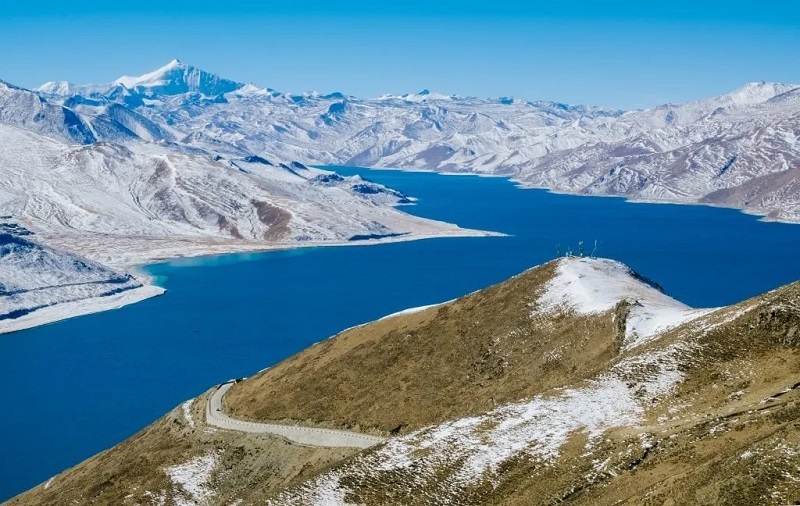
The Tibetan Plateau is not only a marvel because of its altitude but also because of its stunning natural beauty. The region is home to numerous lakes, rivers, mountains, and valleys that captivate the imagination.
Majestic Mountains
- Himalayan Giants: The southern boundary of the plateau is dominated by the Himalayas. These mountains, including the legendary Mount Everest, present some of the most challenging climbing routes and awe-inspiring vistas in the world.
- Sacred Peaks: Apart from Everest, mountains like Mount Kailash and Namche Barwa hold religious significance and are often included in pilgrimages. The allure of these peaks lies not just in their physical presence but also in the deep spiritual symbolism they carry.
Breathtaking Lakes
- Holy Lakes: Among the many water bodies on the plateau, three lakes stand out for their cultural and religious importance—Namtso Lake, Yamdrok Lake, and Manasarovar Lake. These lakes are revered by locals and visitors alike, often serving as sites for pilgrimage and meditation.
- Ecological Importance: The lakes not only enhance the natural beauty of the region but also support diverse ecosystems. Their pristine waters contribute to the life-giving rivers that flow from the plateau, sustaining agriculture and communities far downstream.
Flowing Rivers and Glacial Origins
- The River Sources: The Tibetan Plateau is often called Asia’s water tower because it is the source of several of the continent’s major rivers. The Yangtze and Yellow rivers begin their long journeys from this high-altitude region, while the Yarlung Tsangpo, Mekong, and Salween River also originate here.
- Glacial Influence: The plateau’s glaciers and snow-capped peaks feed these rivers year-round, creating dynamic landscapes that change with the seasons. This constant renewal of water resources has a profound impact on both the natural environment and human settlements downstream.
Vast Grasslands and Desert Landscapes
- Northern Grasslands: The plateau’s northern areas are characterized by expansive grasslands that support nomadic lifestyles. These open spaces are home to yaks, sheep, and other livestock, which have been integral to Tibetan culture and survival.
- Desert and Steppe Regions: In some parts, the landscape shifts to arid deserts and rugged steppe regions. These areas, while harsh, offer unique opportunities for ecological research and adventure tourism.
The Spiritual and Cultural Landscape of Tibetan Plateau
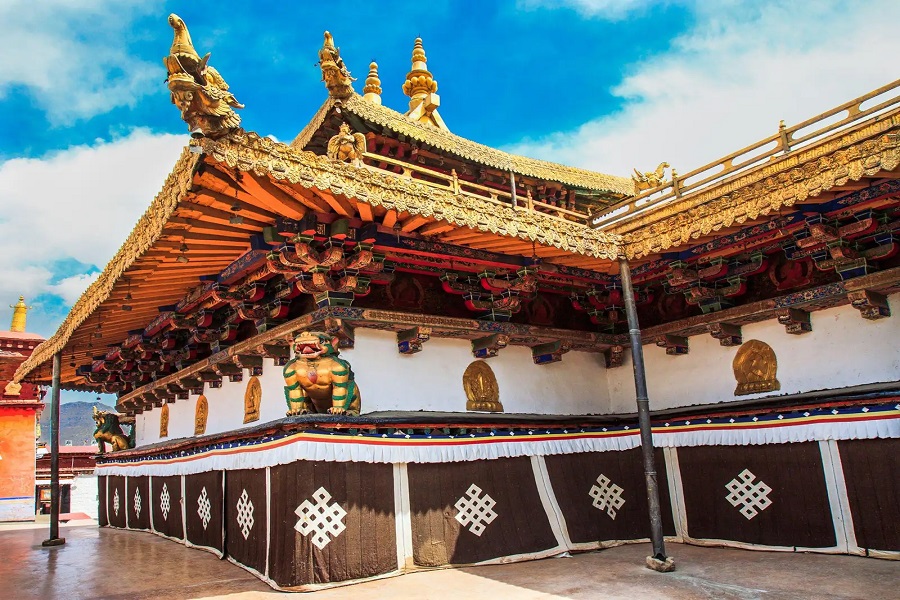
The Tibetan Plateau is not just a geographical marvel—it is a living repository of history, spirituality, and cultural heritage. For thousands of years, Tibet has been a focal point of Buddhist thought, pilgrimage, and art, drawing people from across Asia and beyond.
Buddhist Monasteries and Temples
- Potala Palace: Perhaps the most iconic symbol of Tibetan culture, the Potala Palace in Lhasa was once the winter residence of the Dalai Lama. Its imposing architecture and intricate design reflect centuries of religious devotion and artistic excellence.
- Jokhang Temple: Situated in the heart of Lhasa, the Jokhang Temple is considered the spiritual nucleus of Tibetan Buddhism. Pilgrims from all over the world make the arduous journey to this sacred site, circling it in a ritual known as kora.
- Tashilhunpo Monastery: Located in Shigatse, this monastery has served as an important center for Tibetan Buddhism and is renowned for its rich history and magnificent statues.
- Other Cultural Centers: Numerous smaller temples and monasteries dot the plateau, each with its own stories, traditions, and local significance. From the Norbulingka in Lhasa—often referred to as the “summer palace” of the Dalai Lama—to the various hermitages tucked away in remote valleys, every structure contributes to the tapestry of Tibetan culture.
Traditional Festivals and Local Customs
- Vibrant Celebrations: Tibetan festivals are colorful, vibrant, and steeped in ancient tradition. Celebrations such as Losar (the Tibetan New Year) and Saga Dawa (commemorating the birth, enlightenment, and death of the Buddha) offer a glimpse into the region’s unique cultural fabric.
- Art and Craft: Traditional Tibetan arts—ranging from thangka painting and sculpture to music and dance—are an integral part of local life. These crafts not only express religious devotion but also celebrate the natural beauty and hardships of plateau life.
- Nomadic Heritage: In the grassland regions of the plateau, nomadic lifestyles persist. The practices of yak herding, traditional pastoralism, and seasonal migration are more than just economic activities; they are an essential part of the Tibetan way of life, connecting communities to their environment in deeply meaningful ways.
Transportation on the Qinghai-Tibet Plateau

Despite its remote and challenging terrain, the Tibetan Plateau is increasingly accessible to modern travelers and researchers alike. Over the past few decades, significant investments in transportation infrastructure have transformed the way people navigate this high-altitude region.
Air Travel
- Lhasa Gonggar Airport: Serving as the primary gateway to the plateau, Lhasa Gonggar Airport is one of the busiest in the region. It offers both domestic flights from major Chinese cities and limited international services, including routes connecting Lhasa with Kathmandu.
- International Connectivity: Although international flights are few, the availability of air travel has opened up the region to more tourists, scholars, and adventurers eager to experience the unique beauty of the Tibetan Plateau.
Railways and Highways
- Modern Rail Networks: In recent years, railway lines have been extended to connect the Tibetan Plateau with other parts of China. These railways offer a comfortable and scenic way to traverse the highlands, with modern amenities and efficient services.
- Road Infrastructure: A network of well-maintained highways now crisscrosses the plateau. These roads link major cities like Lhasa and Shigatse with provincial capitals and neighboring countries. The Nepal-China Friendship Highway, for example, connects Lhasa with Kathmandu, offering travelers a unique cross-border experience.
- Challenges and Advances: Building and maintaining transportation networks at such high altitudes is no small feat. Engineers and planners have overcome numerous obstacles, including harsh weather conditions and rugged terrain, to create routes that are safer and more reliable for both locals and tourists.
Hiking Routes in Tibet
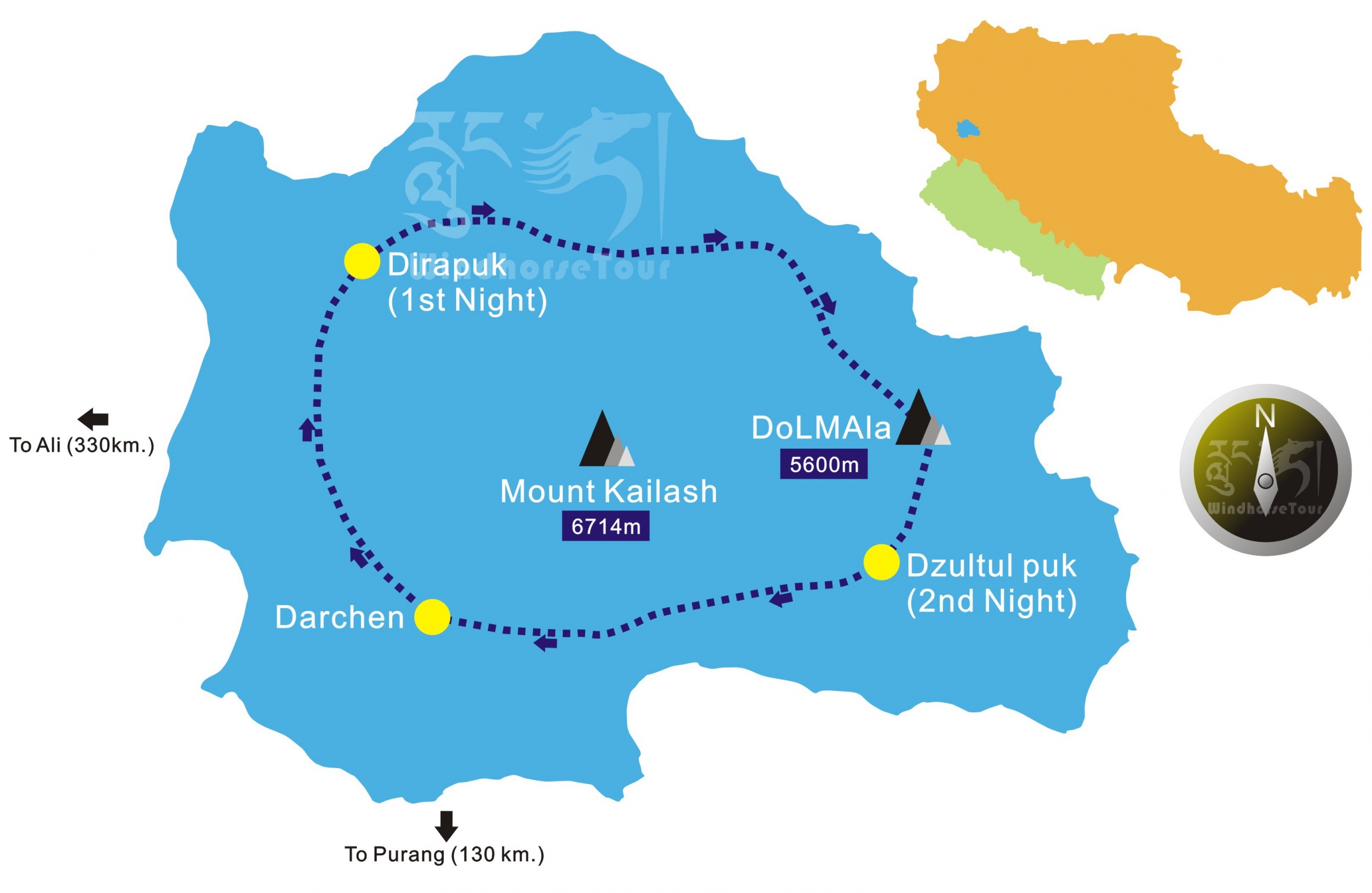
For those with a spirit of adventure, the Tibetan Plateau offers some of the most spectacular trekking routes and outdoor experiences in the world. Whether you are a seasoned mountaineer or a casual hiker, there is a trekking route to match your interests and endurance. Iconic Trekking Routes:
- Ganden-Samye Trek: One of the most popular trekking routes on the plateau, the Ganden-Samye trail provides a unique opportunity to traverse diverse landscapes, from rugged highlands to lush valleys. This trek not only challenges your physical limits but also immerses you in the serene spirituality of Tibetan monastic life.
- Mount Kailash Kora: Considered one of the holiest pilgrimages in Asia, the Mount Kailash Kora is a circular route around the sacred peak. With the trek spanning several days, pilgrims and adventurers alike test their resolve as they encounter breathtaking views and spiritual sanctuaries along the way.
- Everest Base Camp Expeditions: For those drawn to the world’s highest peaks, trekking from Old Tingri to an observation point near the northern face of Mount Everest offers a once-in-a-lifetime experience. This route not only brings you face-to-face with awe-inspiring glacial landscapes but also provides insights into the lives of local communities that thrive in these extreme conditions.
Explore the Mystique of the Tibetan Plateau
The Tibetan Plateau is a land of extremes and contrasts – a vast expanse of high mountains, deep valleys, and open grasslands where ancient spiritual traditions meet modern aspirations. Its unique geographic location, remarkable altitude, and vibrant cultural tapestry have made it a beacon for travelers and scholars alike. Start your journey to the Tibetan Plateau with Journey2tibet and design the most perfect trip to Tibet for you.

